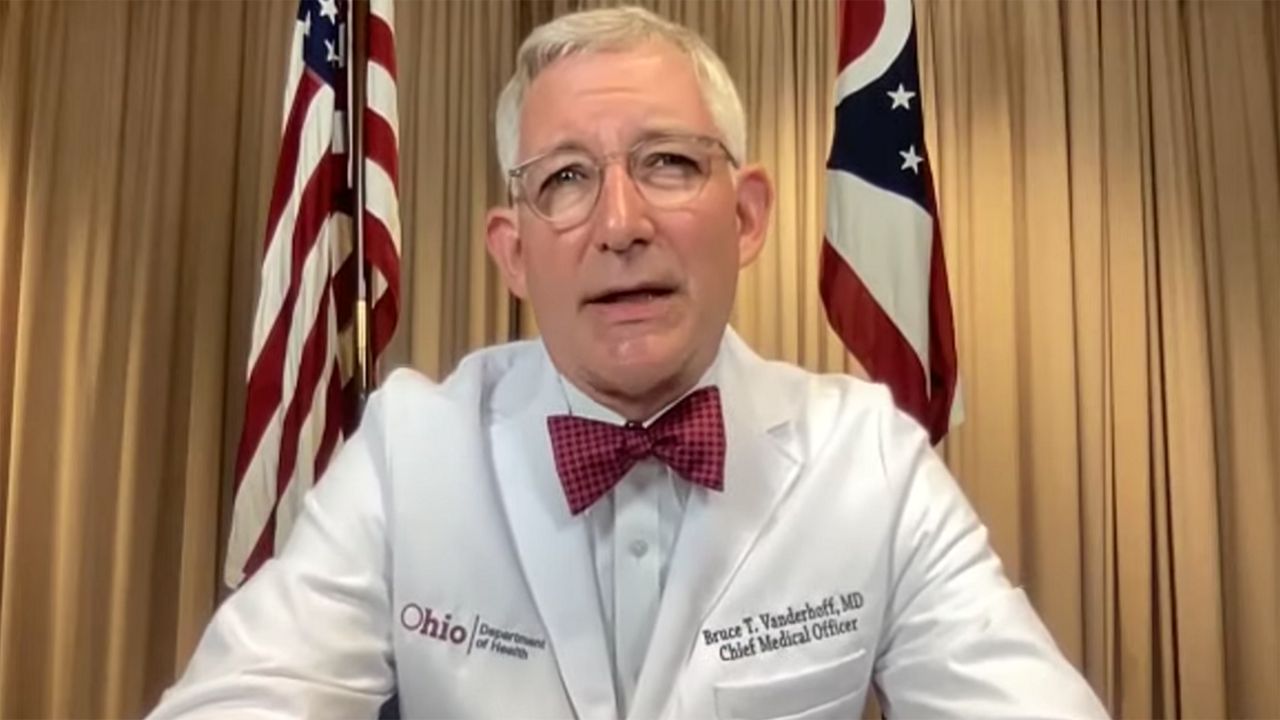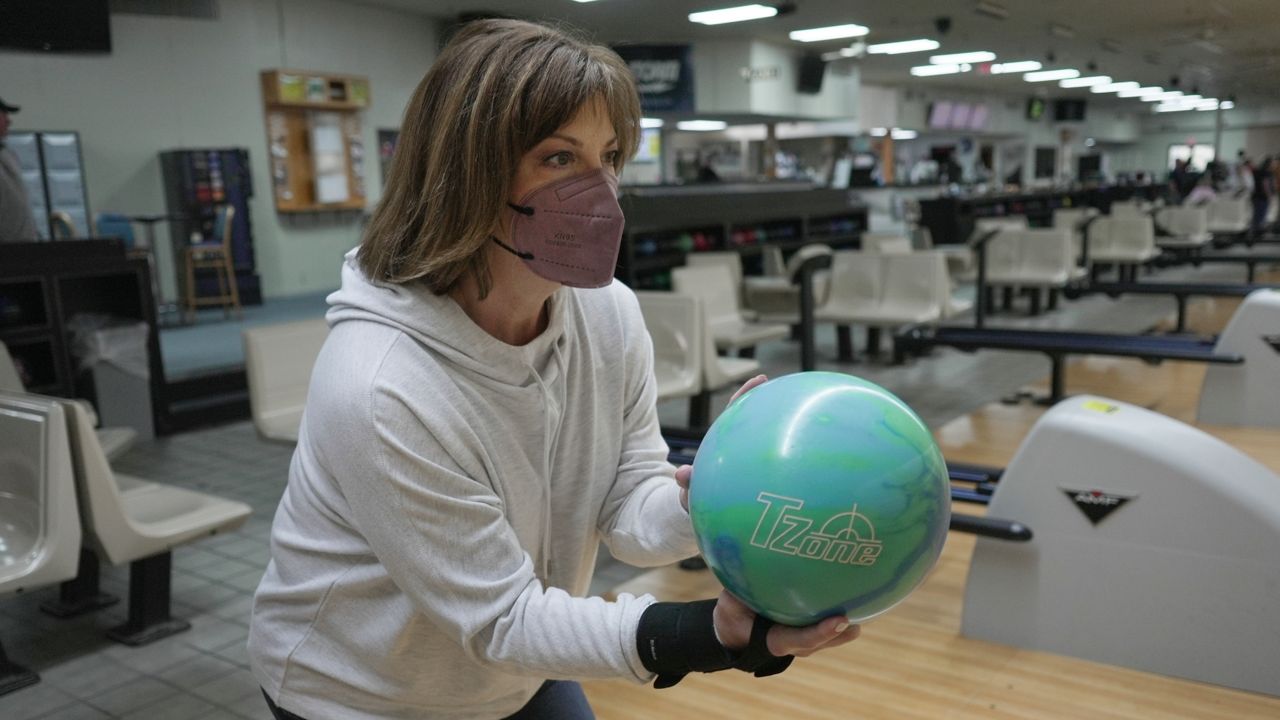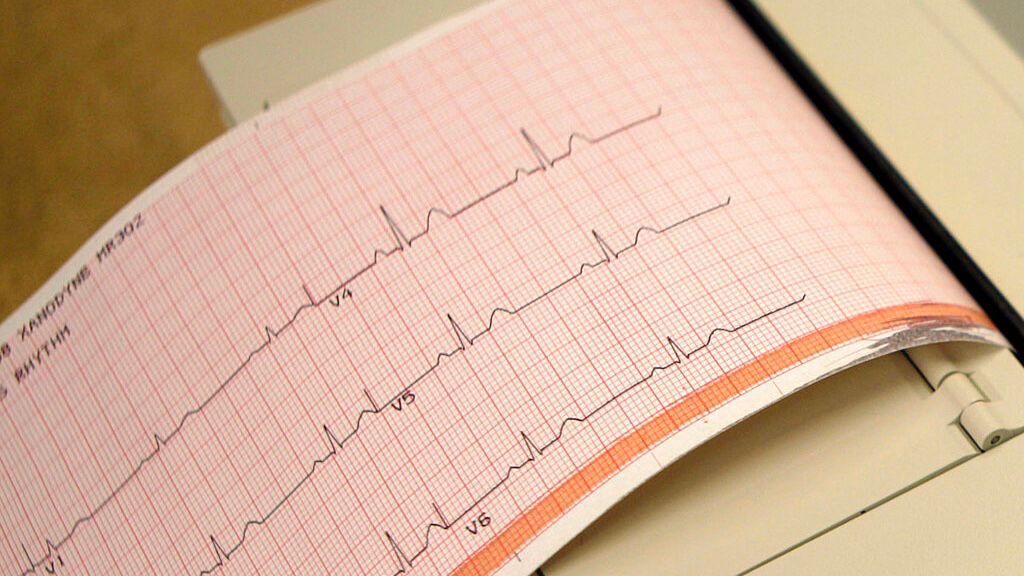OHIO — The state's top health official warned on Monday that Ohio's hospitals are seeing unprecedented levels of pediatric viruses — levels that are usually seen during the winter.
Dr. Bruce Vanderhoff said there are many cases across the U.S. and in Ohio where children are catching one of those viruses alongside COVID-19, calling it "a recipe for disaster."
“We may be approaching a perilous situation," Vanderhoff said in reference to hospital capacity and supply of resources. He said although hospitals are not in critical condition at this moment, health officials worry it could be much worse in the winter.
Vanderhoff said hospitals are reporting a high number of children with three main types of respiratory viruses: rhinoviruses, parainfluenza and respiratory syncytial virus (RSV), which is a main cause of concern among health officials.
RSV is a virus that's seen mostly in the winter. It is easily transmissible among all age groups and for most people, symptoms are mild. But for children 2 years old or younger, the symptoms can be more problematic because of their smaller airways.
Dr. Michael Forbes, a pediatric intensive care specialist at Akron Children’s, said in the past, there were around 1% of RSV cases during this time of year. He said Akron Children's is seeing around 4%.
As for why these cases are popping up more frequently, Vanderhoff and Forbes said they believe it's because of lowering COVID-19 restrictions. They said last year, pediatric respiratory cases were low due to mask wearing. But now that many places aren't requiring masks and children are interacting again, the viruses are spreading quickly.
"As we are sending children back to the classroom and extracurricular activities, we have to be cognizant of how to keep our children safe and healthy," Vanderhoff said, encouraging education officials to implement mask wearing in schools. “Mask wearing significantly reduces the risk of spreading respiratory virus from one person to the next.”
Vanderhoff said there's no reason to disrupt children going back to school, but said using the basics like mask wearing and social distancing could keep delta variant cases low. When he was asked about future mask mandates being a possibility in the state, Vanderhoff said "no mandate will have an impact without the people of Ohio being behind the measures."
Vanderhoff also encouraged eligible individuals to get the COVID-19 vaccine. The U.S. Food and Drug Administration gave Pfizer-BioNTech's COVID-19 vaccine full approval early Monday morning, the first coronavirus vaccine to receive full approval.
"For any Ohioan who have been waiting to receive the vaccine until full approval was granted, today is the day," Vanderhoff said. “Although the FDA approval is good news, our delta wave of COVID-19 continues to drive our numbers ever higher."
Over the weekend, Ohio documented some of its largest day-to-day case increases in recent months. On Friday, the state reported a summer high of more than 3,700 cases. On Saturday, it dipped down slightly to around 3,400. Then on Sunday, Ohio documented 2,194 cases, which is below the 21-day average of 2,422, according to state data.
Vanderhoff said the number of COVID-19 cases per 100,000 residents over a two-week period is quickly approaching 300, which is an increase compared to a month ago when the ratio sat around 50 per 100,000.
As of the Centers for Disease Control and Prevention’s latest COVID-19 map update Sunday night, every single county in Ohio is at the highest level on the CDC’s scale for transmission of the virus.









